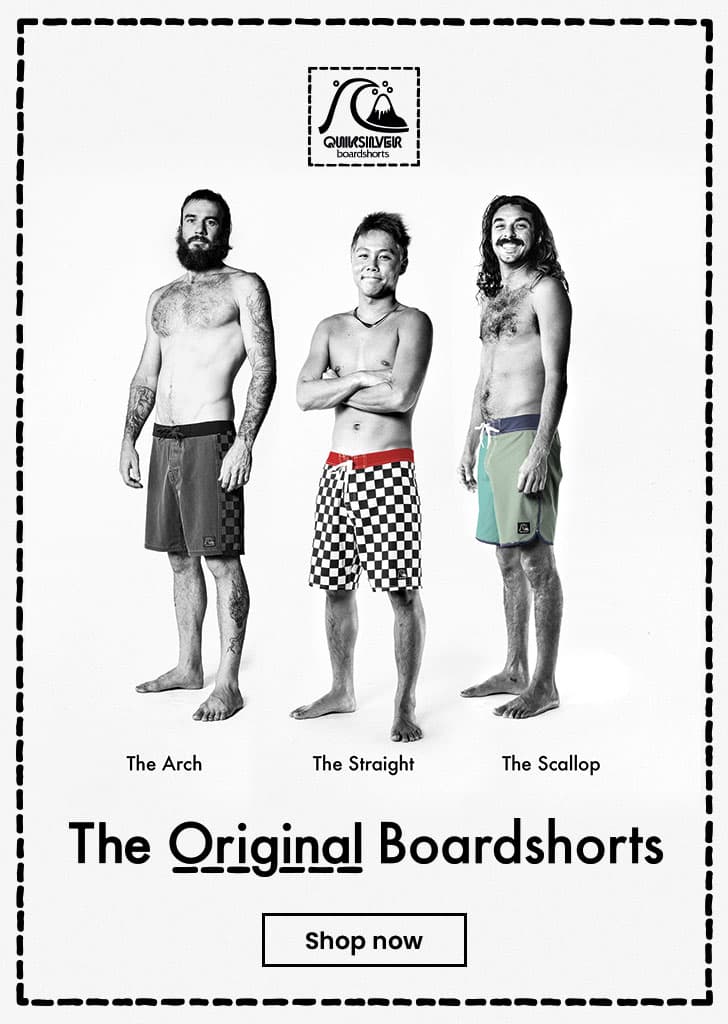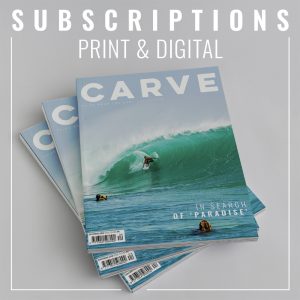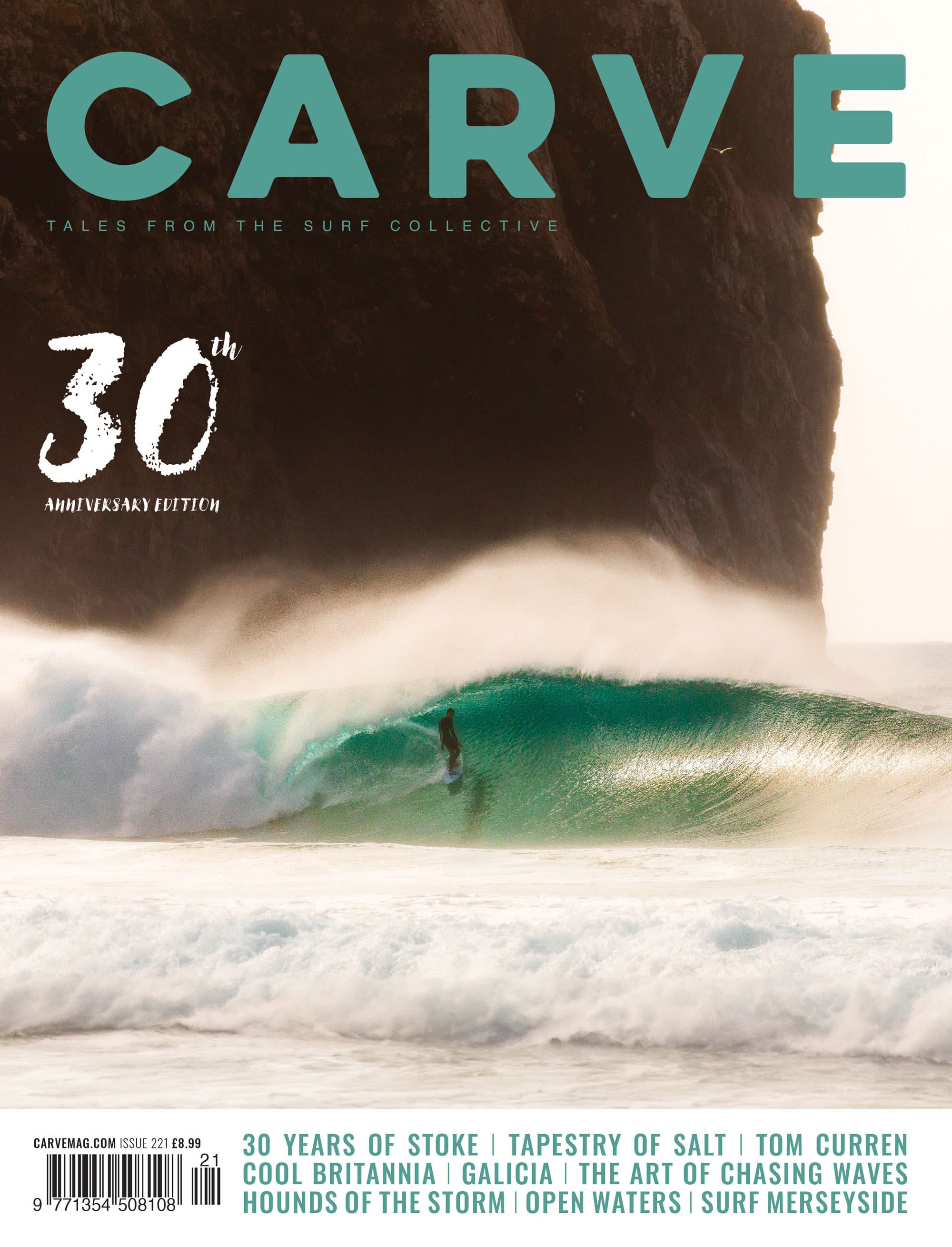There are far too many boards being listed on the second hand board forums these days. Unfortunately it is a sign that many surfers are not matching their needs with the correct equipment. There are so many models and size ranges these days changing boards or finding the magic board for most people needs through research AND a relationship with a shaper or qualified board salesman with encyclopaedic knowledge of the ranges available, your surfing style and ability and your surfboard history. An online review just doesn’t cut it, or well meaning but misleading advice.
To give you some idea of how well you can dial this relationship I can literally pick up a phone and ask either of two friends, a shaper and a surf shop owner, “Will the board suit me?” And because we have chatted boards since forever they can tell me right away “Yes’ or ‘No’. Or just laugh. Which is somewhere between “No’ and comedic verbal abuse! When ordering a board I literally just say ‘6’5”, or ‘ a gun’ , or ‘a twin fin’ and they can do the rest. 99% of the time they are right. And they don’t mind chatting about boards and models they don’t sell, because at the end of the day I always go back for unbiased trusted advice.
Shapers are like artists they all refine and define shapes in their own particular style. Not all top shapers in vogue ‘model’ boards suit everyone, and on the other hand sometimes their hand shaped style won’t match your style either, no matter how many times you try. There’s no right or wrong in this, it’s just a complex equation. It’s about finding what is right for you. And it’s worth the homework. A magic board can change your whole surfing life, and a bad board can hold you back for years.
Trevor Clayton has been selling surfboards out of his Down the Line Surf Shop for nearly 30 years. At any one time he has hundreds of hand picked boards to choose from in three different specialised showrooms and it’s widely acknowledged as one of the best board shops in Britain. There’s not much about boards and the surfboard industry that gets past Trev, his staff and his regular customers (some of the best surfers the country) when it comes to surfboards so we asked him about the pitfalls of buying boards in a market flooded with choice, trends and advice.
Reviews
Online board reviews are great, if you know who it is who is writing them. If you are surfer who is surfing all the time ask yourself how many board reviews you have written. We did it in the shop and couldn’t find anyone who had written a review. None of us. None of the guys who we know surf that come in the shop have either. Not one! Now, you have to ask yourself who writes them. Is it the companies who make the boards or is it some random guy who surfs once in a blue moon who is bored in his office. The best review on a board, one that you can trust, is to find someone you know (in person) who has one and ask them! Yep, I know it’s basic but at least you can rely on the answer!
Volume
Volume measurements are great but the trouble is guys are now using it as the only means to establish what size board they should ride.
The common quote we get is, ‘I like 26 litre boards.’
Which is okay providing all your boards are made of the same materials, have the same distribution of volume and the same bottom shape. What lot of surfers don’t understand is that say, a 26L board made from an EPS blank with epoxy will feel way different in the way it paddles and surfs than a glossed PU board with polyester resin of the same volume. The same applies to a board that has a flat rocker and a concave compared to say a rolled vee bottom board with loads of rocker. They will have a totally different feel.
Use volume as a guideline only as there are many other factors that need to be considered which are equally important. The good thing about volume being put on boards is that eventually you will work out yourself what feels right for you, especially if you are surfing a certain style of board all the time i.e. if you are into hybrid type of boards made of EPS then you will work out pretty quickly what feels right as the materials and distribution of foam will be pretty similar through each model. So you just have to figure how each one feels for you when you paddle and surf it. But remember volume is just one variable to consider when buying a board.
Models
Five years ago we stocked only two styles of boards from our leading world shapers. There were shortboards and guns. That was basically it! You surfed your shortboards in every type of condition up to six foot then you pulled out your gun. That was your quiver! Now I would compare a board quiver to a set of golf clubs. There are boards for every condition from one foot onshore up to waves like mountains.
Boards that are specific to surfing really weak waves as well as average and good waves. If you want you can get boards that specifically excel in gutless waves that a few years back you either wouldn’t bother with. Each season the leading shapers are bringing out more and more models. Each board is being fine tuned for every conceivable condition. To establish which one is right for you talk through all the options with your shaper or experienced surf shop salesman. Tell them what boards you like, what boards you don’t like, what you want it for and they will be able to advise and take out a lot of the risk of investing in a new shooter. Boards are not cheap so you want to get it right.
Buying online
We sell lots of surfboards online as well as through our shop. We have over 500 boards in the shop at all times plus over 200 in stock so that’s a lot of boards and models to choose from, and without guidance it is easy to end up with board that doesn’t suit you. I would always, whenever physically possible, visit your store or shaper and feel the board. Stick it under your arm and feel it! Feel the balance, check out how the volume is distributed, and also the most important part – how the rails are.
I realise that it is not always possible to do this as you could be hundreds of miles away from your nearest decent board shop, in which case before you click any buttons pick up the phone and talk to the guy in the store. Ask them about the board you are thinking about purchasing, ask about the rails, the volume, how it compares to what you are currently riding etc. Eliminate as many chances of getting things wrong as possible. We see more “nearly new boards” coming in for trade-ins than ever these days. This is normally because the owners have not talked to anyone but just clicked on the button after reading some spiel on a website. Knowledge is power. Real surf shop owners have years of knowledge and experience … Tap into it! They like nothing better than a stoked surfer coming back into the shop and telling them that their new board flies!
There is so much going on in board design at the moment it’s pretty crazy. Here’s what is happening broken down by ability.
Intermediates
Guys who are cutting across the wave and learning to turn, stick to boards that still have a bit of length, plenty of width and float. Don’t get dragged into going too small just because the volume seems right. You still need a degree of length to enable you to get to you feet. We are finding that 6’6″ minimum up to 7’0′”, something fairly flat with a squash tail or wide round tail and a concave seems to work well. Fishes look cool but can be a bitch to surf on your backhand when you are starting out and going rail to rail is a tad tricky.
Your first board
For your first shortboard be practical. Don’t run before you can walk. Before you consider getting the next board make sure you are at least cutting across the waves in both directions and also starting to do a few turns. Then get something 6 -12 inches shorter than your the board you have learnt on. Make sure it has plenty of foam, three fins, and away you go. Don’t start messing with fins until you have mastered the basics. A three fin thruster is the easiest to surf and easiest to turn so you will learn faster on it.
With the huge range of boards available to you nowadays it is more important than ever that you build a good working relationship with your experienced surf shop owner/salesman or shaper.
Show them or tell them what you get on with, or what you don’t get on with.
They will be able to direct you to models that will suit you and let you know which ones you probably won’t like saving you a fortune.
Your surfing style is unique, and with a plethora of models and brands to choose from it is quite a job sussing out which ones are best for you.
These guys can help! Use them.






